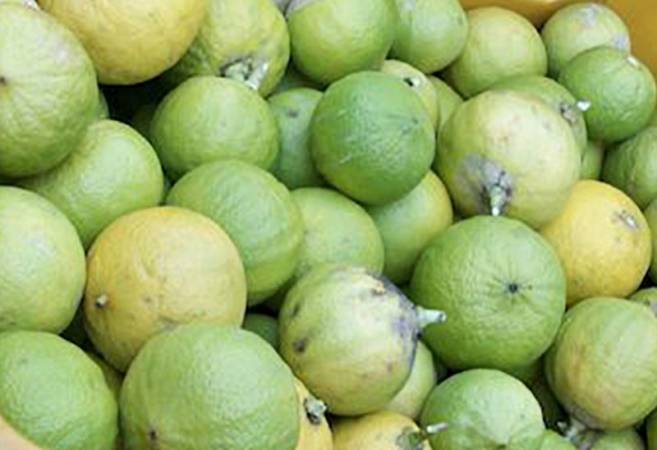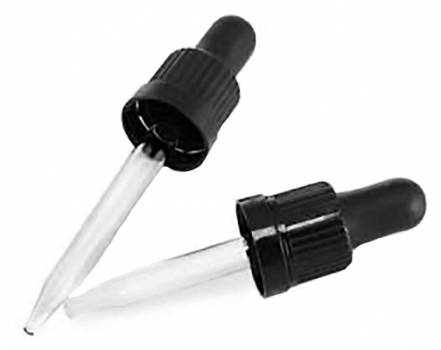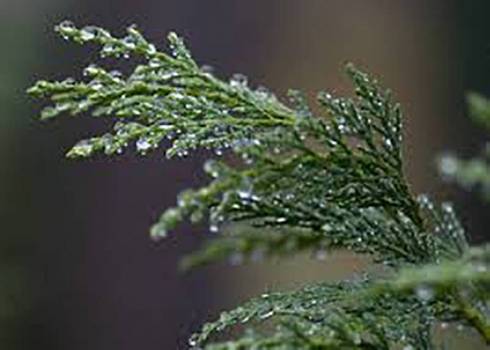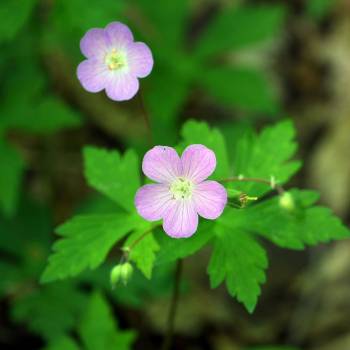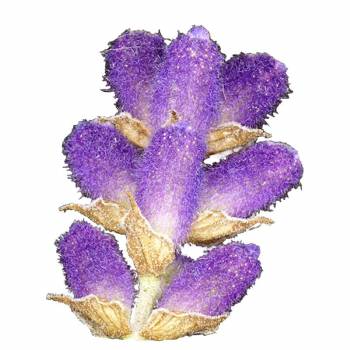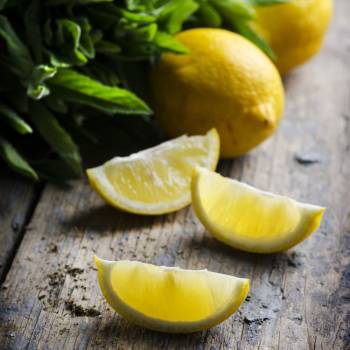Welcome Sign in
Product successfully added to your shopping cart
There are 0 items in your cart. There is 1 item in your cart.
Bergamot bergaptene free (Citrus bergamia)
This is a bergapten free Bergamot which reduces the susceptability to photosensitising. This fresh and fruity pure citrus oil has a sophisticated and uplifting scent. It blends beautifully with many other scents and is the perfect top note. Bergamot has antiseptic properties and is sometimes used as a skin astringent.
New
Data sheet
| County of Origin | Italy |
| Therapeutic Properties | Anti-bacterial, Anti-depressant, Anti-infectious, Anti-inflammatory, Anti-spasmodic, Anti-viral, Carminative, CNS tonic, Digestive tonic, Sedative, Stomachic |
| Botanical Family | Rutaceae |
| Chemical Family | Esters, Monoterpenes |
| Approx. Shelf Life | 4 - 5 years |
| Plant Parts | Rind | Fresh fruit |
| Note Classification | Top |
| Method of Extraction | Expression |
| Blends well with | Chamomile, Coriander, Cypress, Geranium, Juniper, Lavender, lLmon, Neroli, Ylang Ylang |
| GC/MS | Available upon request |
More info
History: The name bergamot originated from the Italian city of Bergamot in Lombardy. It is said that this tree was discovered by Christopher Columbus and he introduced it to Spain and Italy, but this is not likely. The first Italian record of its use was in 1725.
Characteristics: The aroma is basically citrus, yet fruity and sweet with a warm spicy floral quality, and is reminiscent of Neroli, giving a middle note of medium strength.
Clinical Studies:
Indications: Bergamot BF has been known to be used for acne, boils, cold sore, eczema, insect repellent, oily complexion, psoriasis, scabies, wounds, halitosis, mouth infections, sore throat, tonsillitis, flatulence, loss of appetite, cystitis, thrush, colds, fever, flu, infectious diseases & anxiety. Bergamot is one of the most popular of all aromatherapy oils. It calms, soothes, and if known to promote sleep, de-stresses, and counters depression.
Personality Profile:
Subtle Aromatherapy:
Mode of Administration:
Safety: Dilute well before use; for external use only. May cause skin irritation in some individuals; a skin test is recommended prior to use. Contact with eyes should be avoided.
